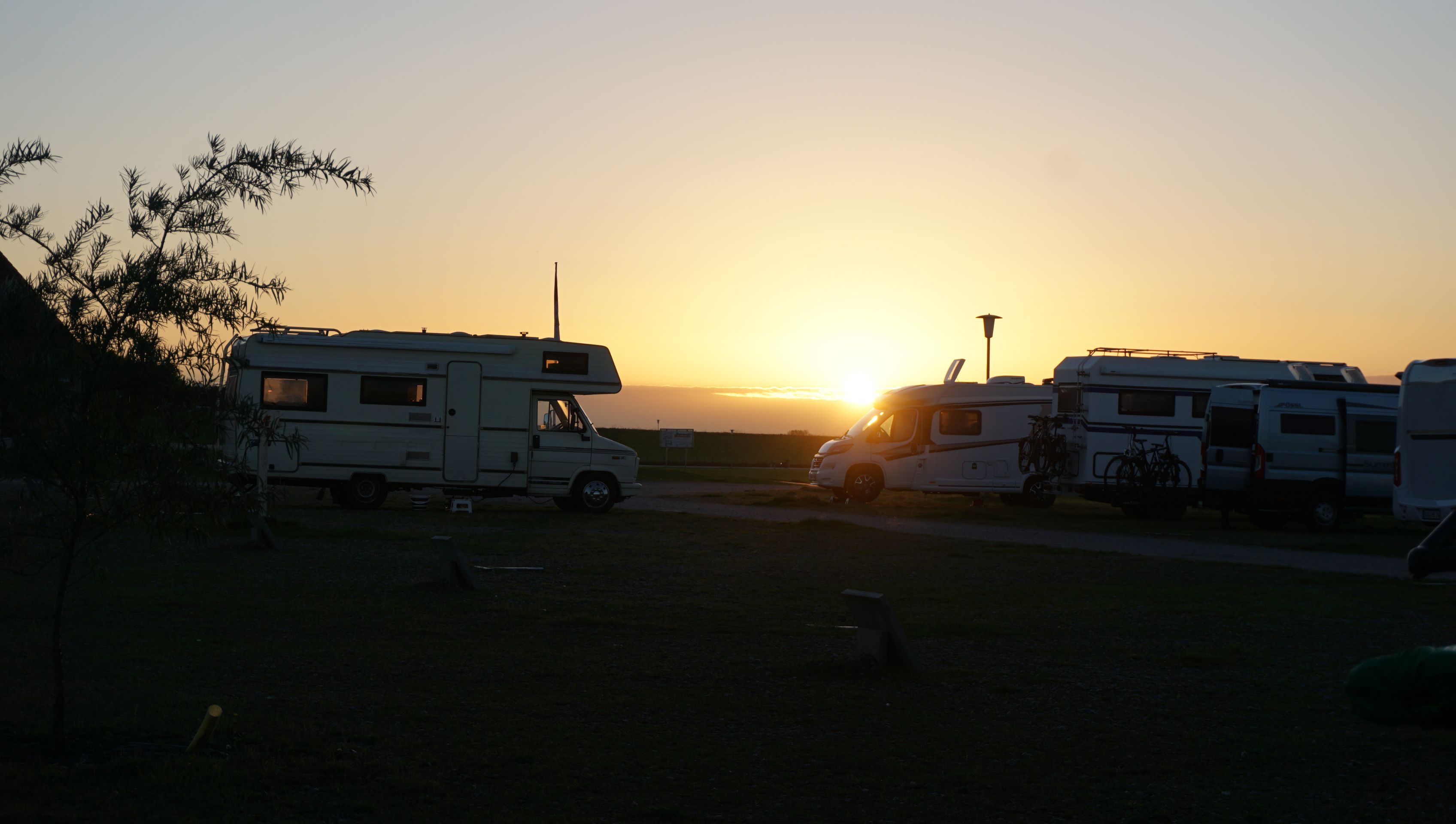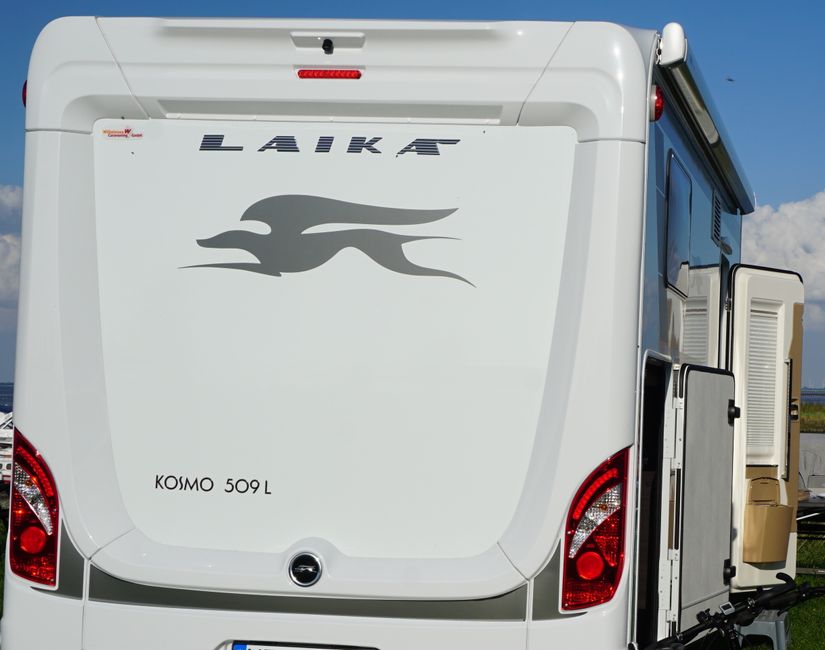# Day 12 Aigues Mortes
Argitaratu: 12.03.2022
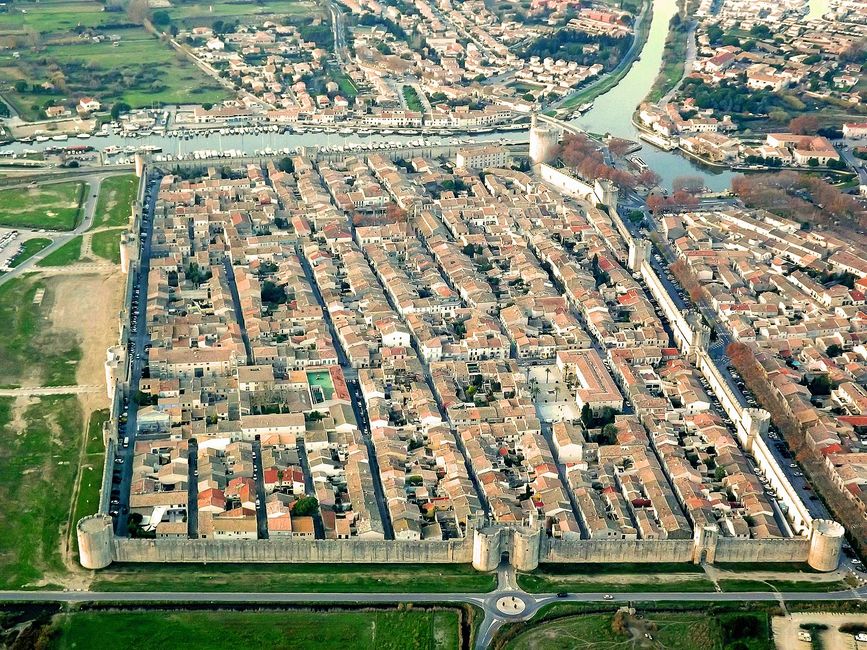
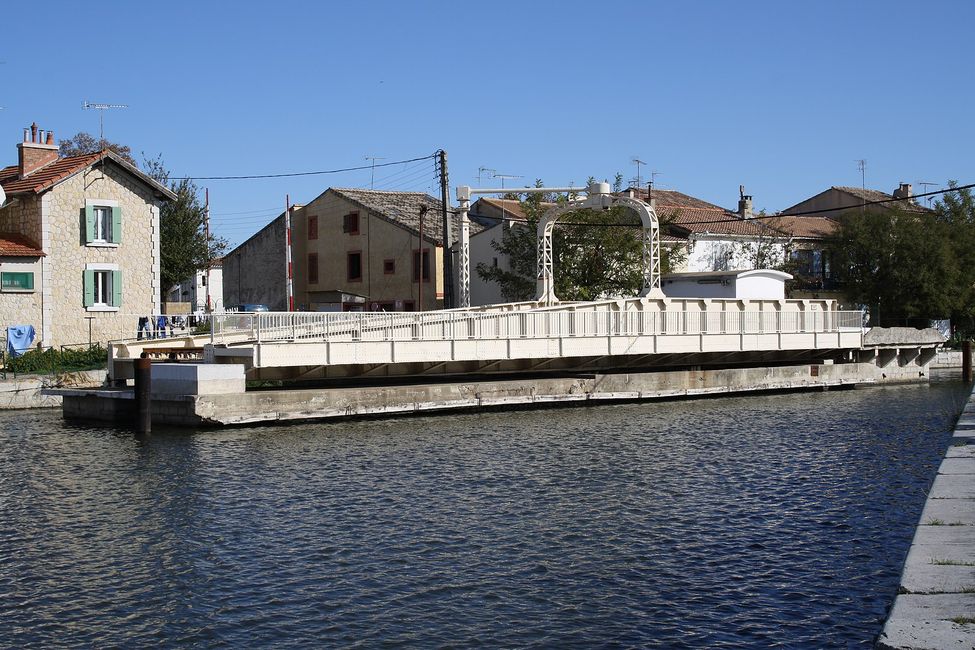
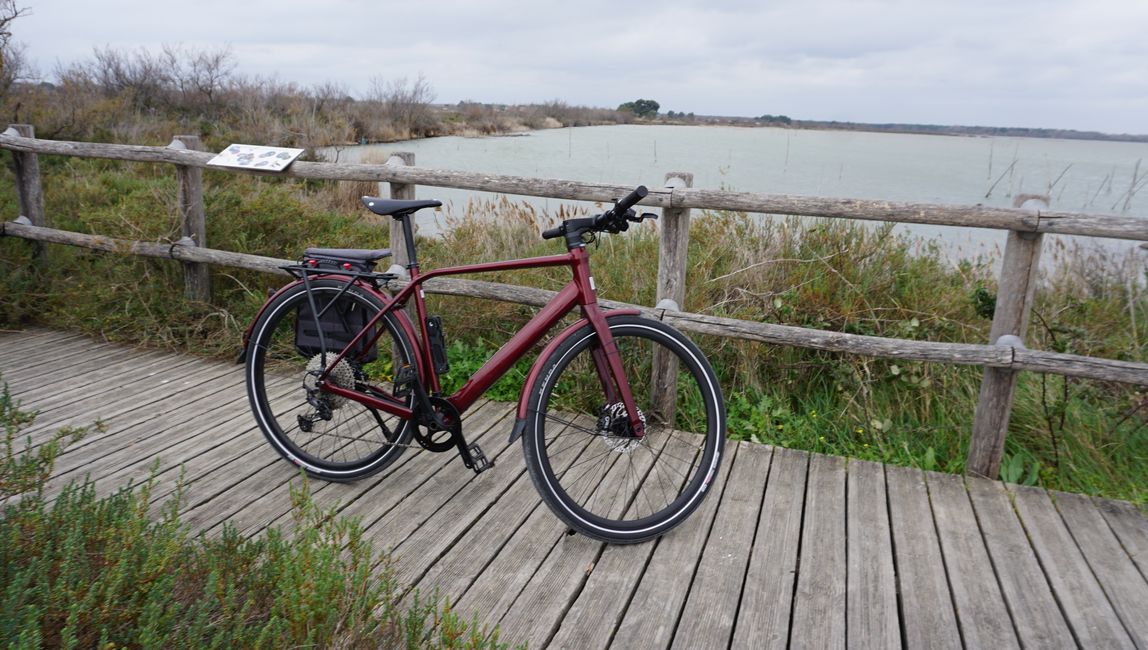
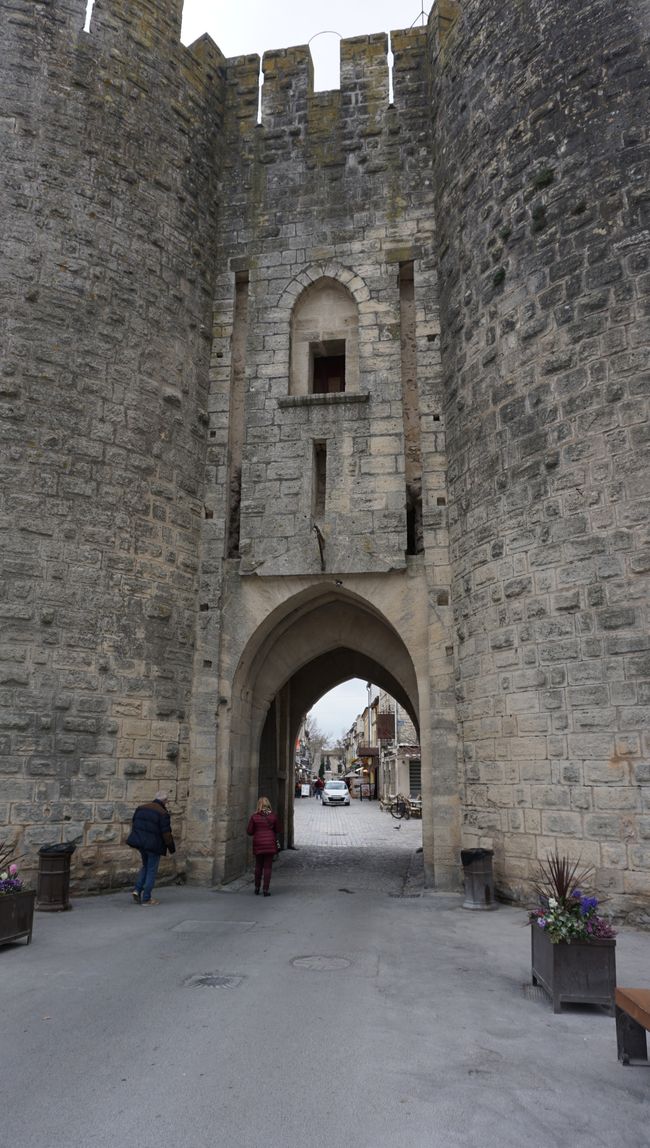
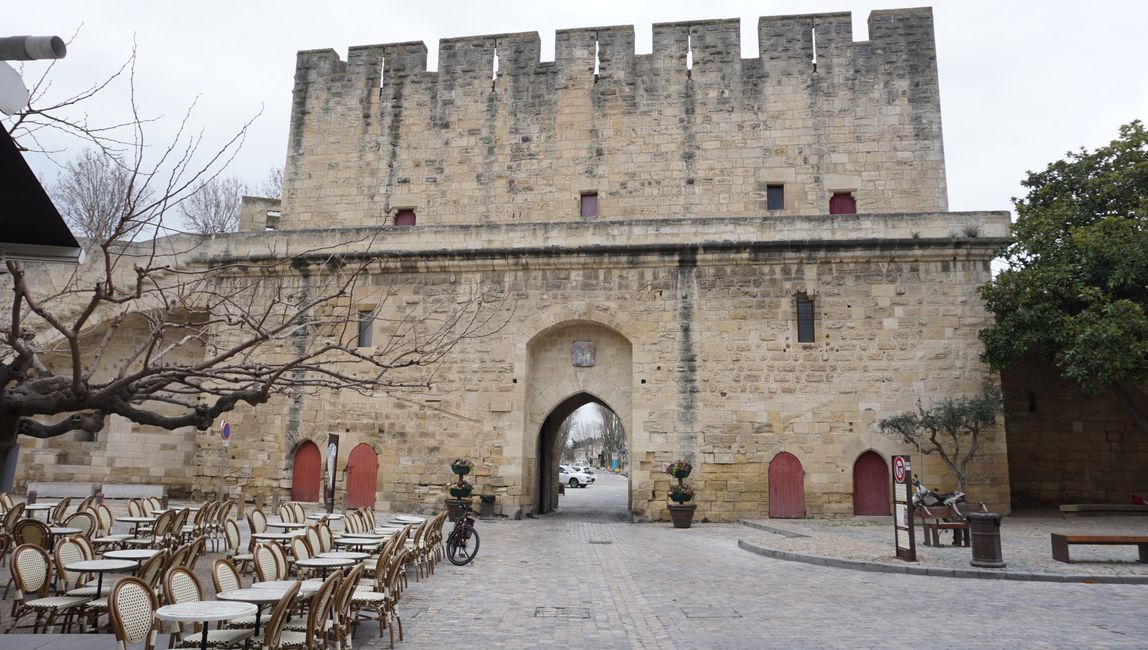
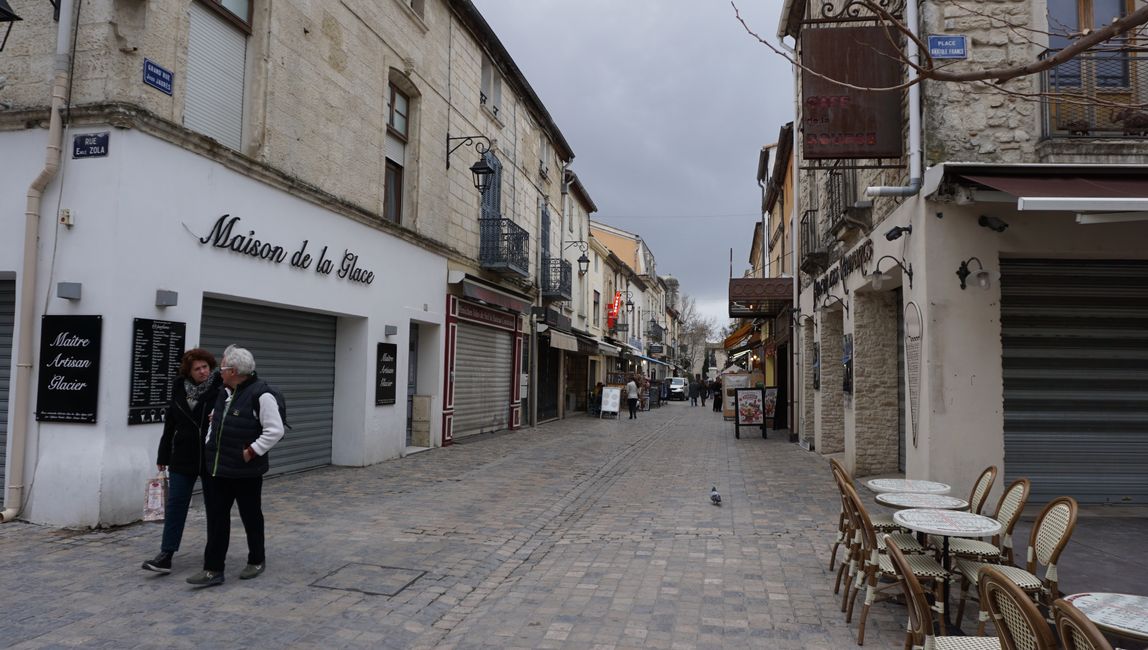

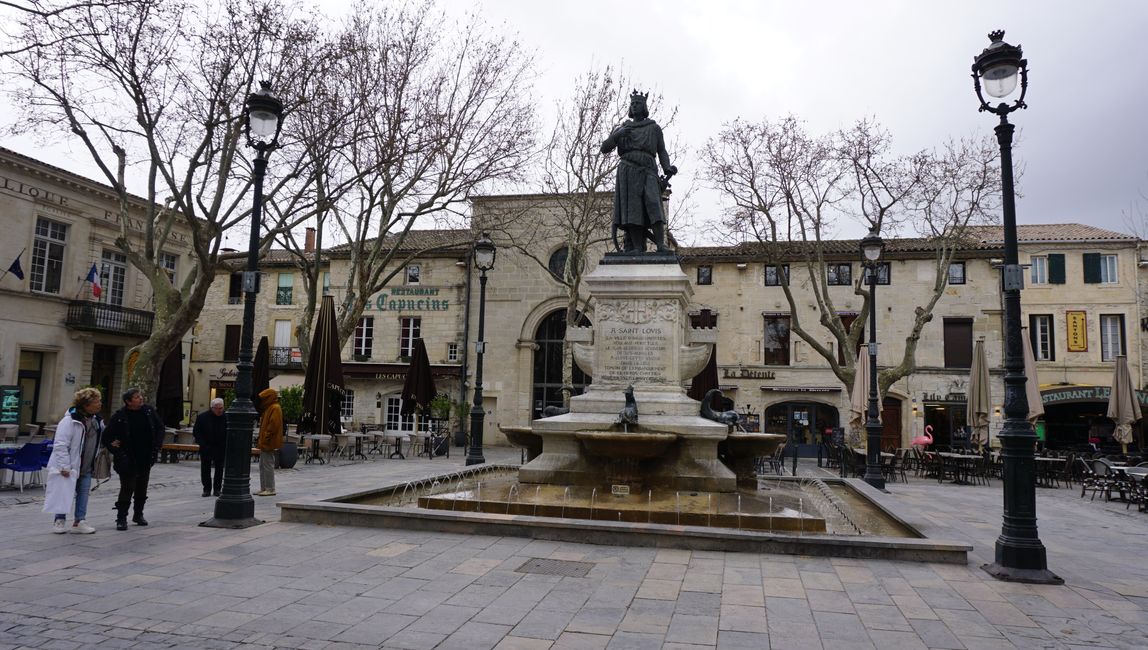
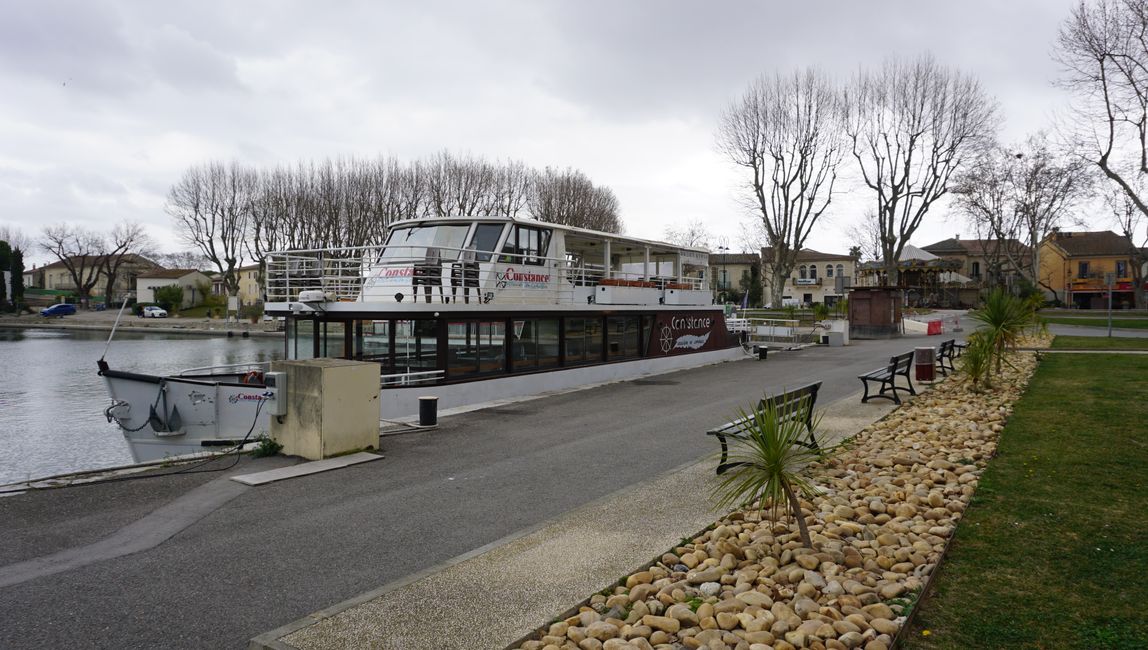
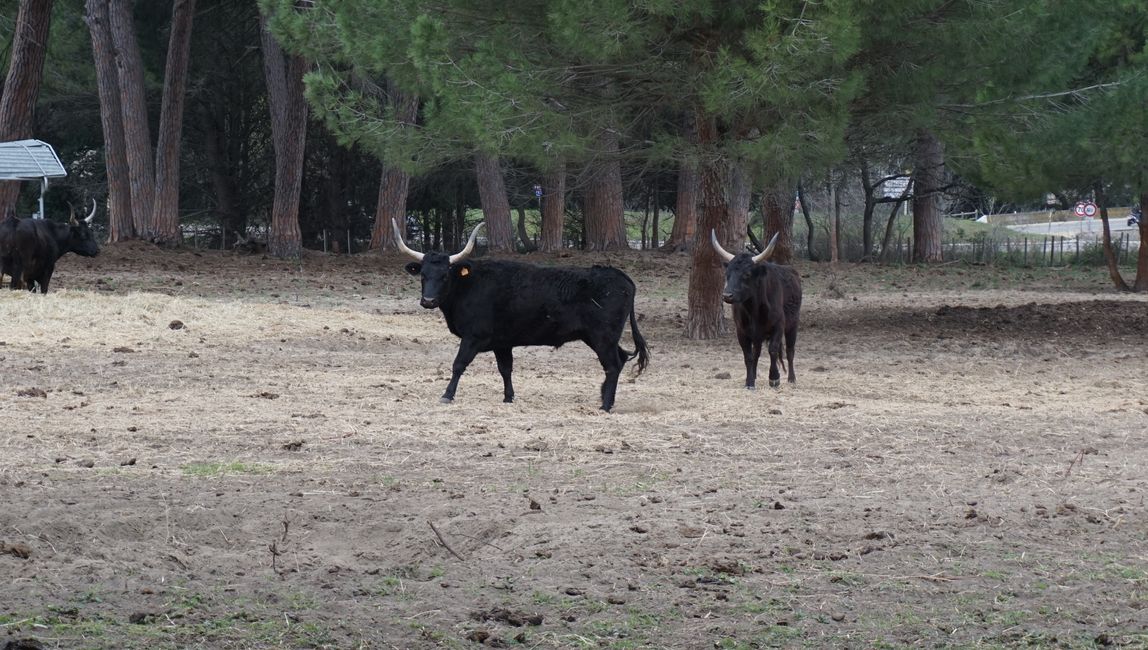
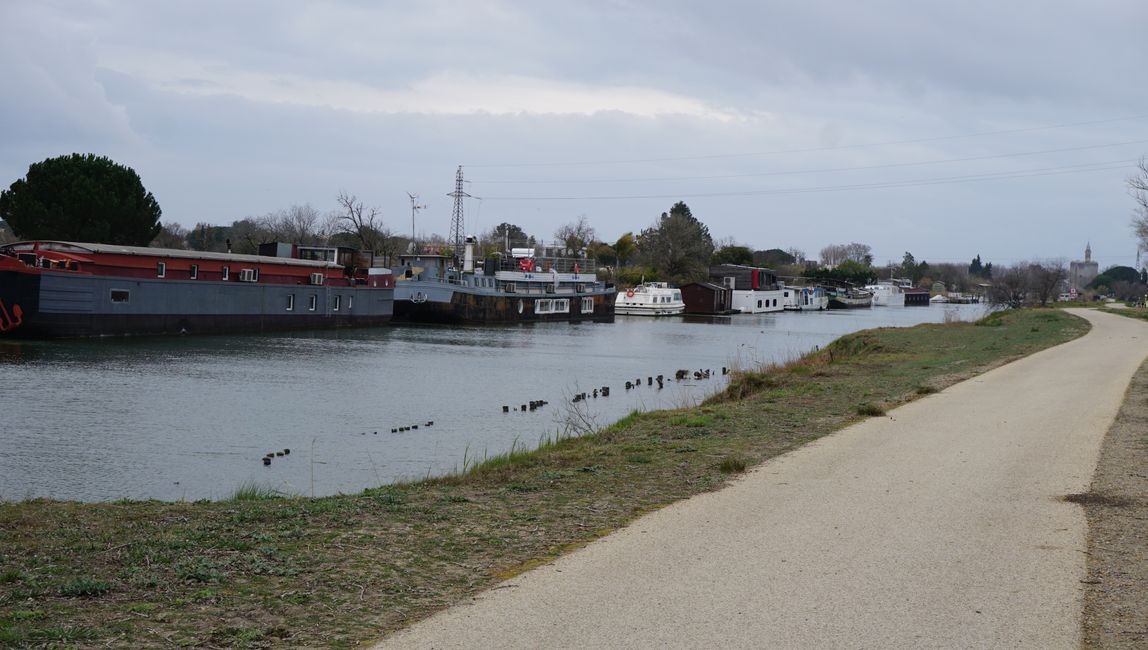
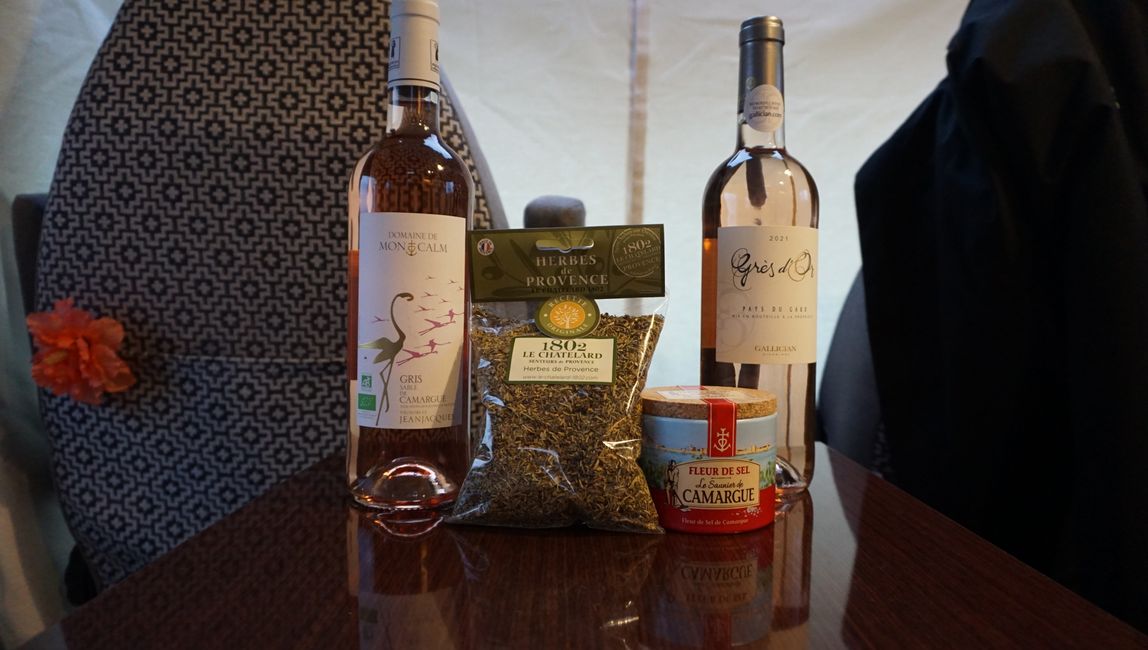
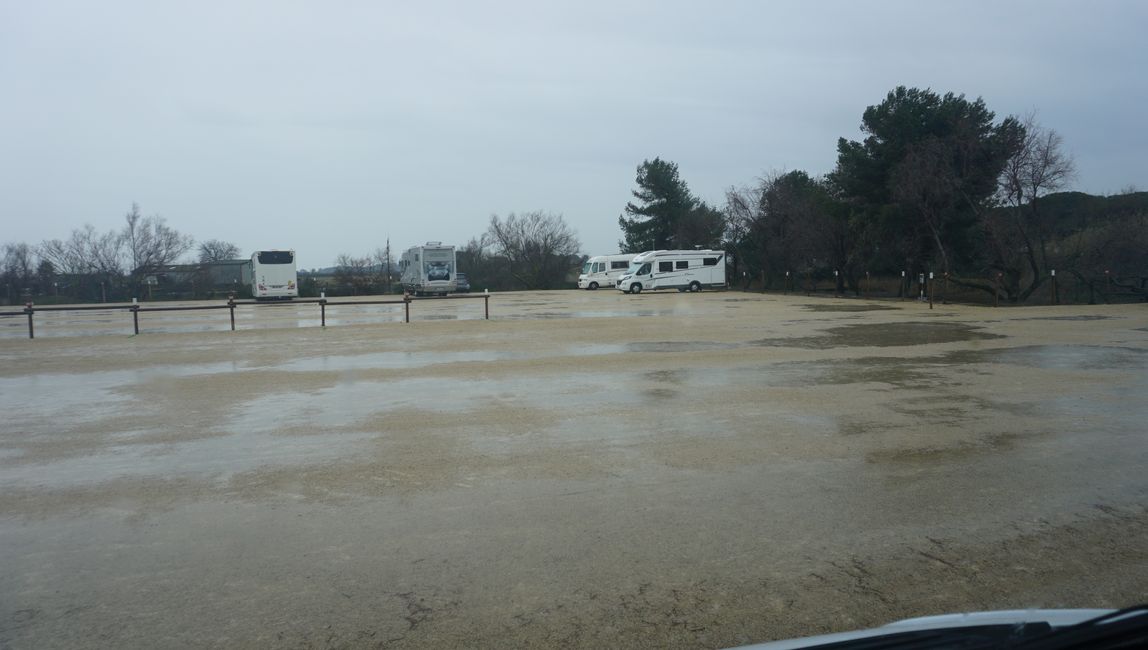
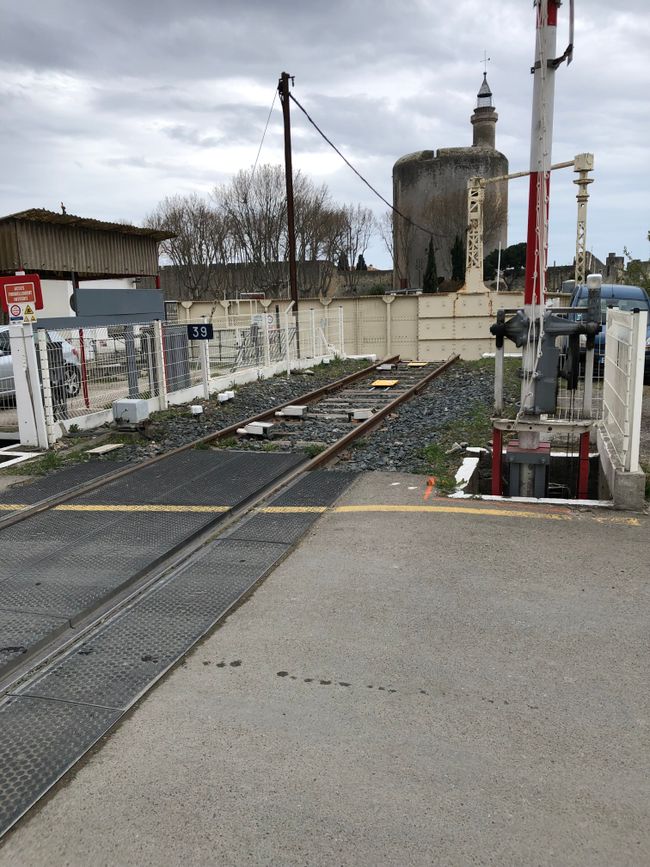
Harpidetu Buletinera
The wind has picked up overnight and is blowing strongly over the beach and the open space. I immediately abandon the attempt to take a walk on the beach as soon as I come over the protective wall and the fine sand blows towards me. Wind from the southeast is coming from the sea to the land and carrying the fine sand with it. The weather forecast does not promise any improvement for the next few days either.
Aigues Mortes is located a few kilometers inland on the edge of the Camargue and on the way to Montpellier. At the entrance to the town there is a parking space for 60 mobile homes with electricity. That's where I'm going!
The site is located on a fishing lake, a bit off the main road, and is only sparsely filled. It's still early and I can explore the town by bike. At the reception they praise my language skills (merci beaucoup) and offer me 'bread service' for the next morning - a baguette and a pain au chocolat please.
Aigues Mortes has one of the best preserved medieval city walls in Europe. The city was founded in the 13th century.
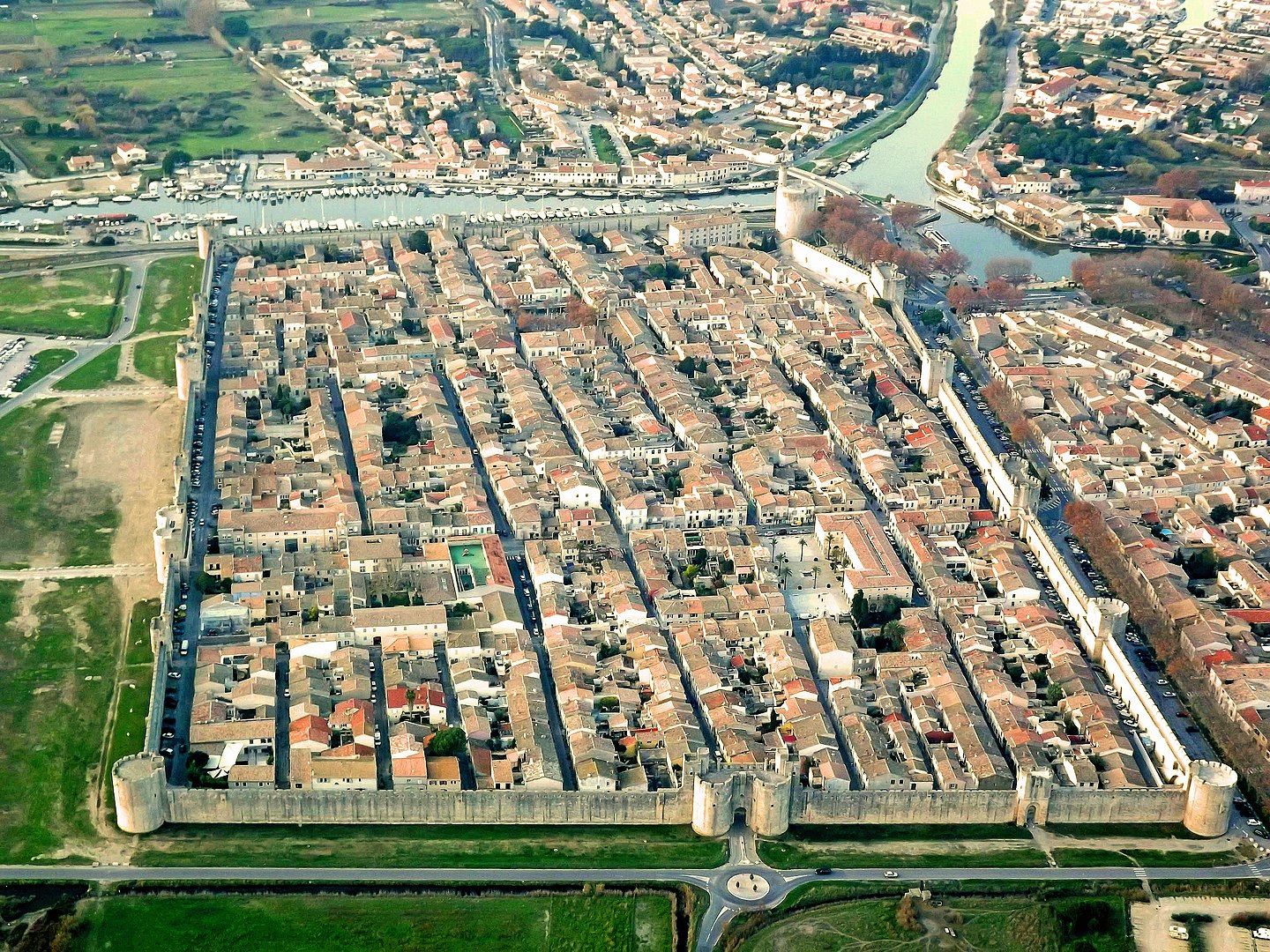
The city is surrounded by large lagoons and is connected to the Mediterranean Sea and the Canal du Rhône/Sète, a navigable connection between the Rhône and Sète, via canals.
It is only 6 km to the Mediterranean, 35 km to Montpellier and thus to the Languedoc wine-growing region. I think it's a pretty good place to stay - if the weather would cooperate.
I take advantage of the dry afternoon and thoroughly explore the town and its surroundings. By bike, you can use the 'pistes cyclables' off the main road and be led into the town along the canals. That's only 3 km from the parking lot.
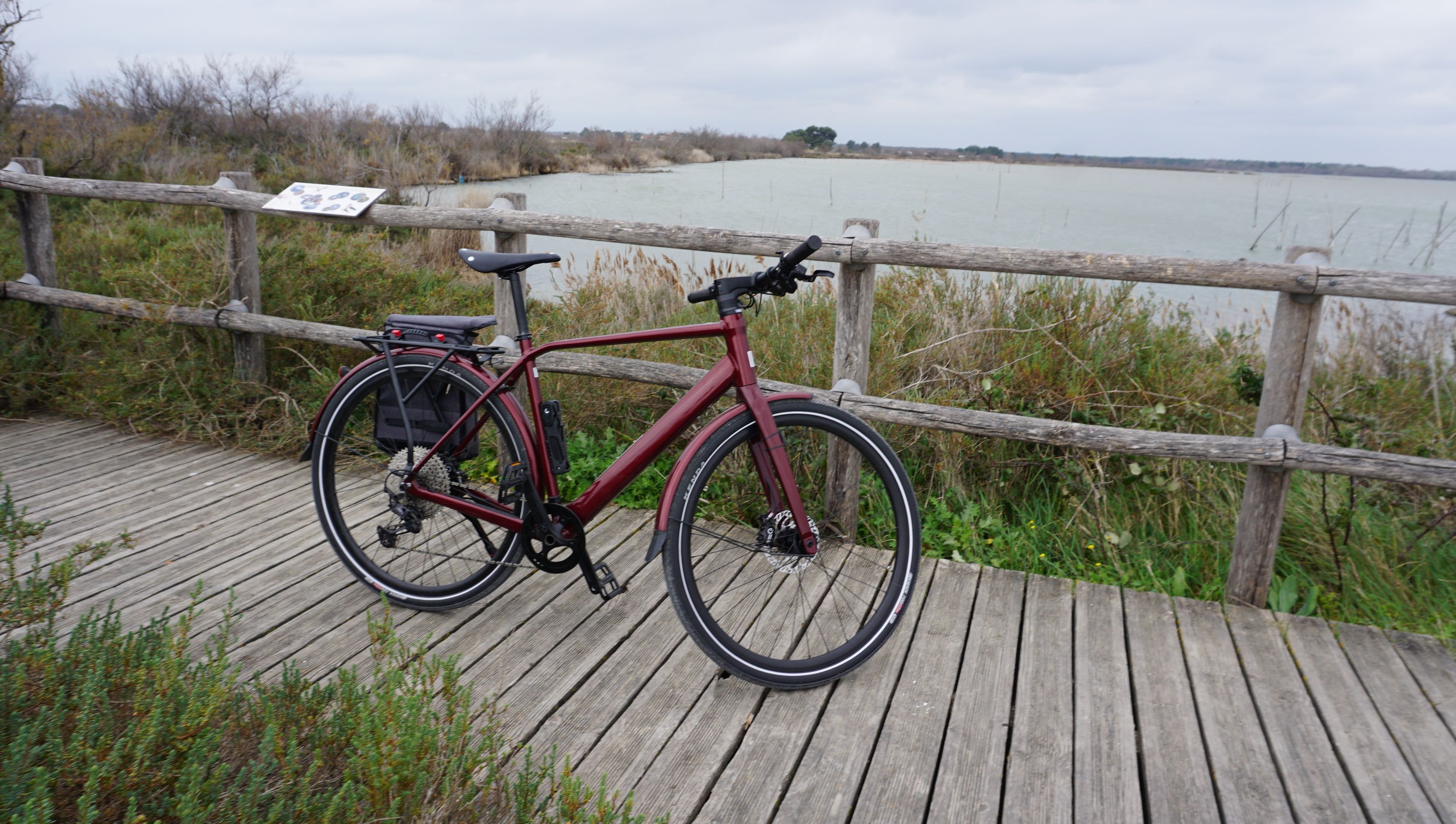
Inside the fortress there is a great old town with small shops, restaurants, and cafes. I can imagine how busy it is here in the summer and how nice it would be to sit in one of the many squares. With an outside temperature of 12 degrees Celsius and wind, I would be the only guest on the terrace.

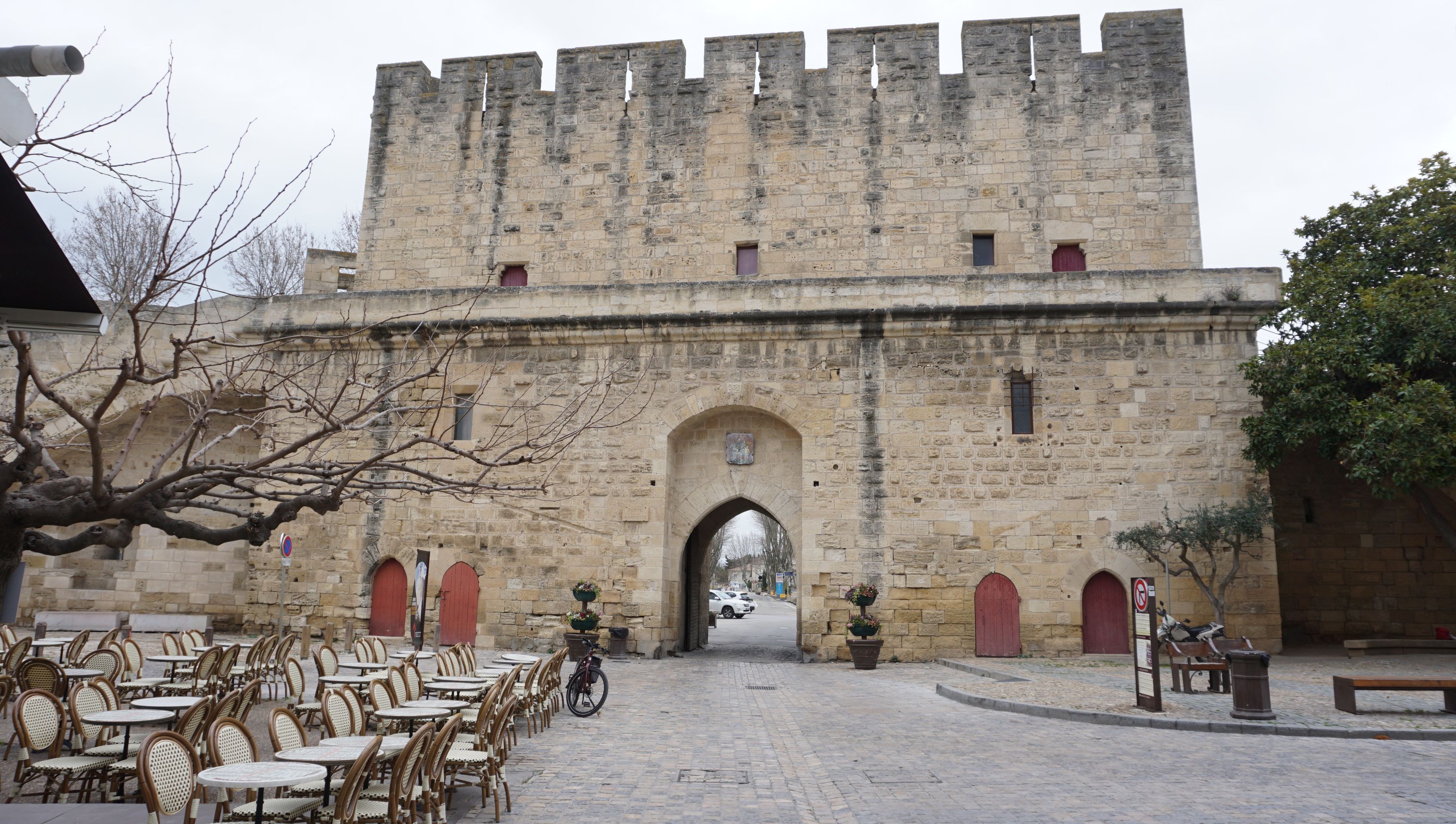
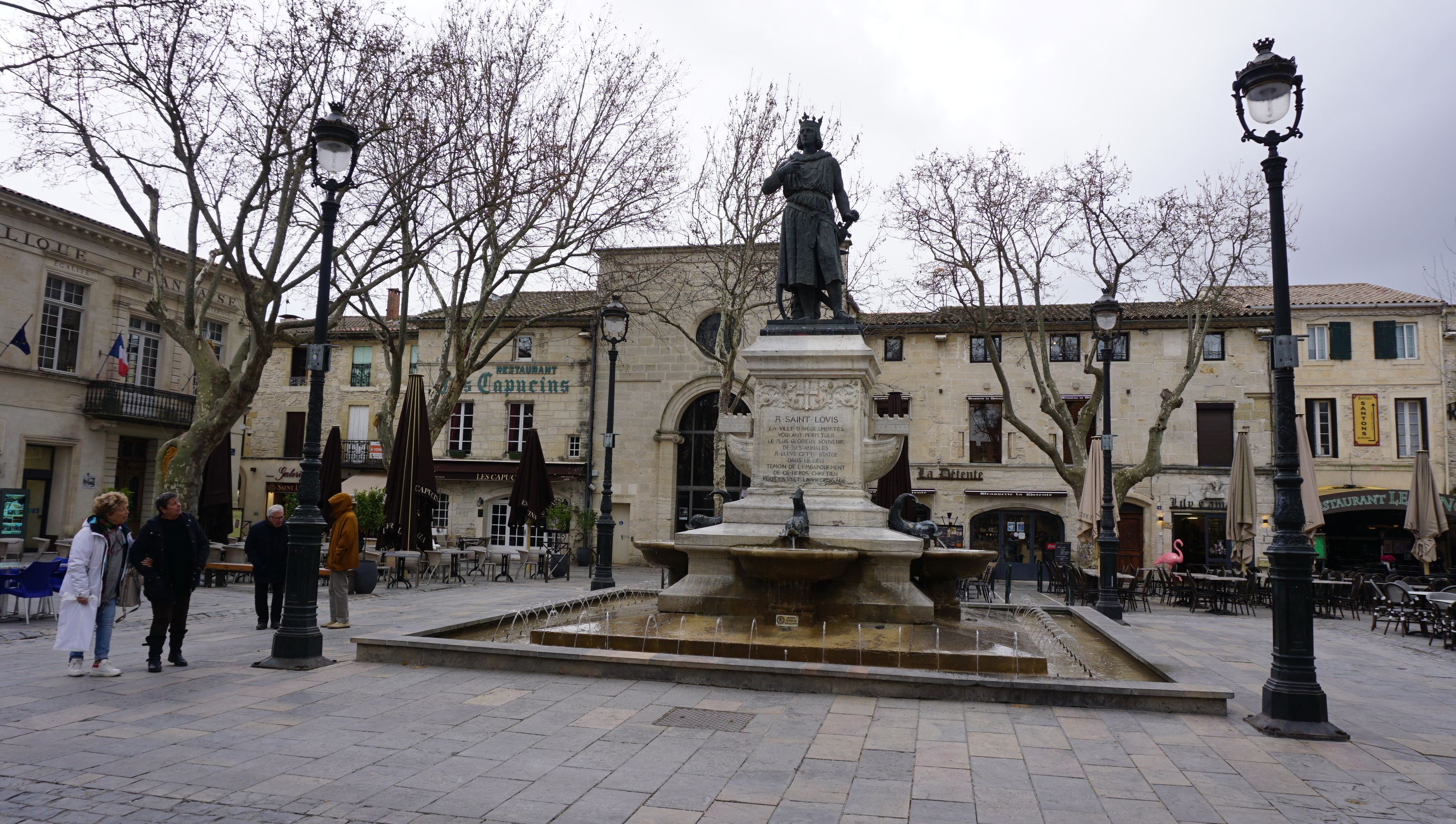
On the way here, I passed many vineyards (yes, vineyards, mountains are in short supply here). The 'vin de sable', which is known as a rosé in this region, thrives in the sand of the Camargue. I guess I'll have to try it.
The supermarkets are located outside the city walls and can usually be reached via canal bridges. Unless the main connection is being renovated. With a car, you can still take the highway - with a bike, it's only possible to take a charming detour along the canal and then cross a road bridge on the other side of the canal, about 5 km away in one direction.
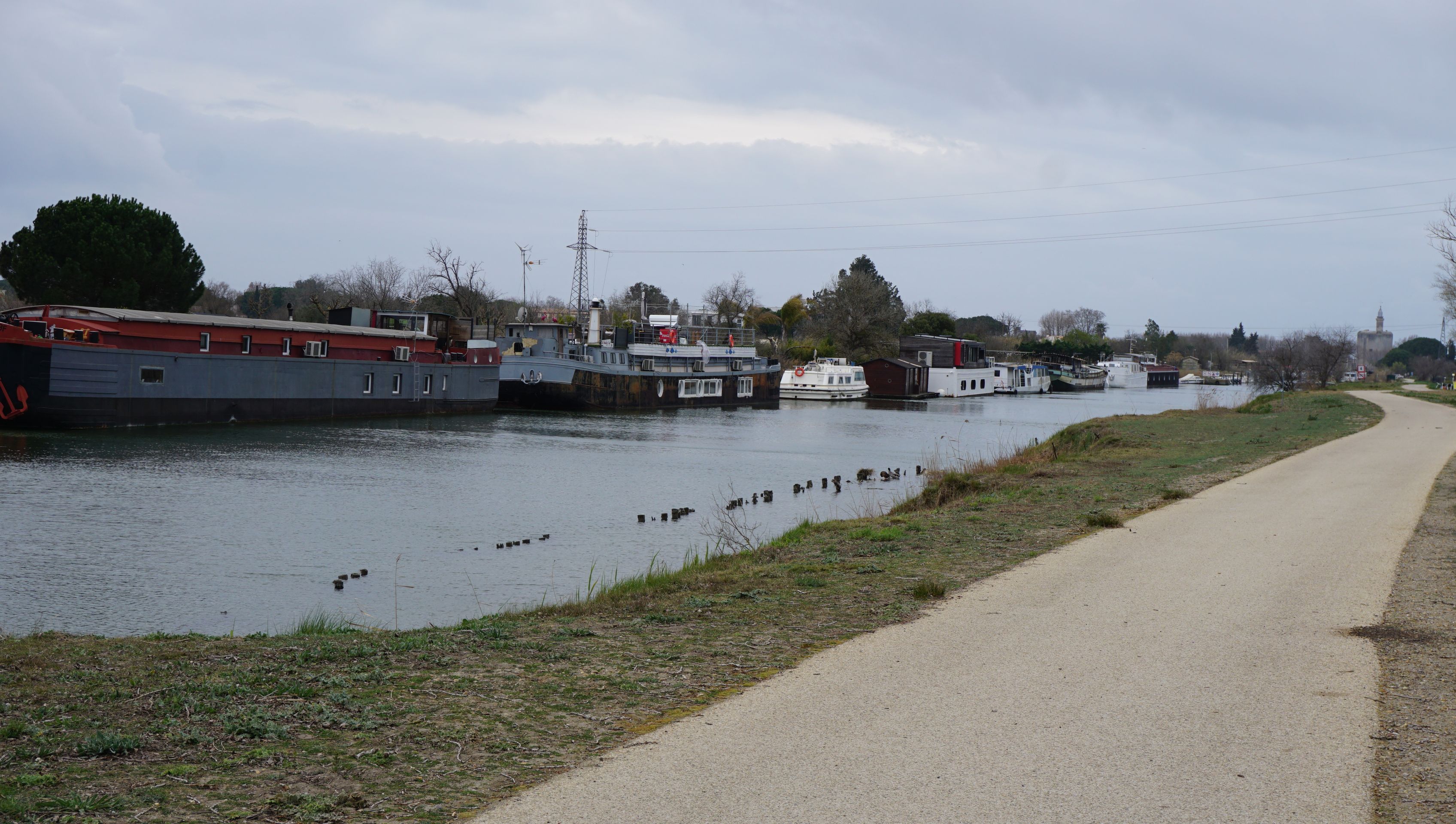
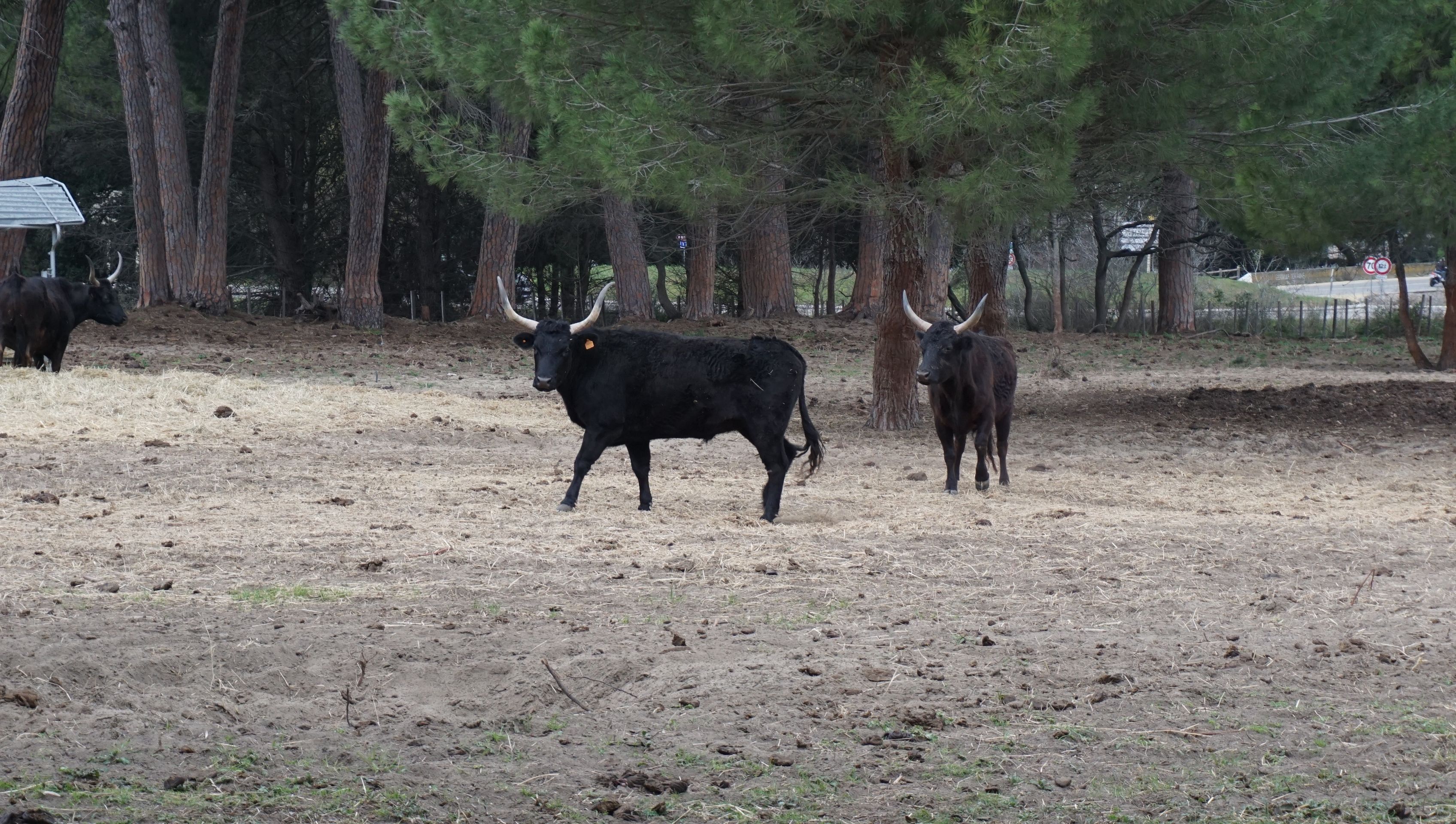
Did I mention that I have plenty of time? So I also get to enjoy another special feature. The train station of Aigues Mortes is on this side of the canal. The single-track railway line initially ended at the station in 1873, but was extended in 1909 to Grau-du-Roi, the seaside resort on the Mediterranean coast. This required crossing the rails over the canal, which was solved with a swing bridge.
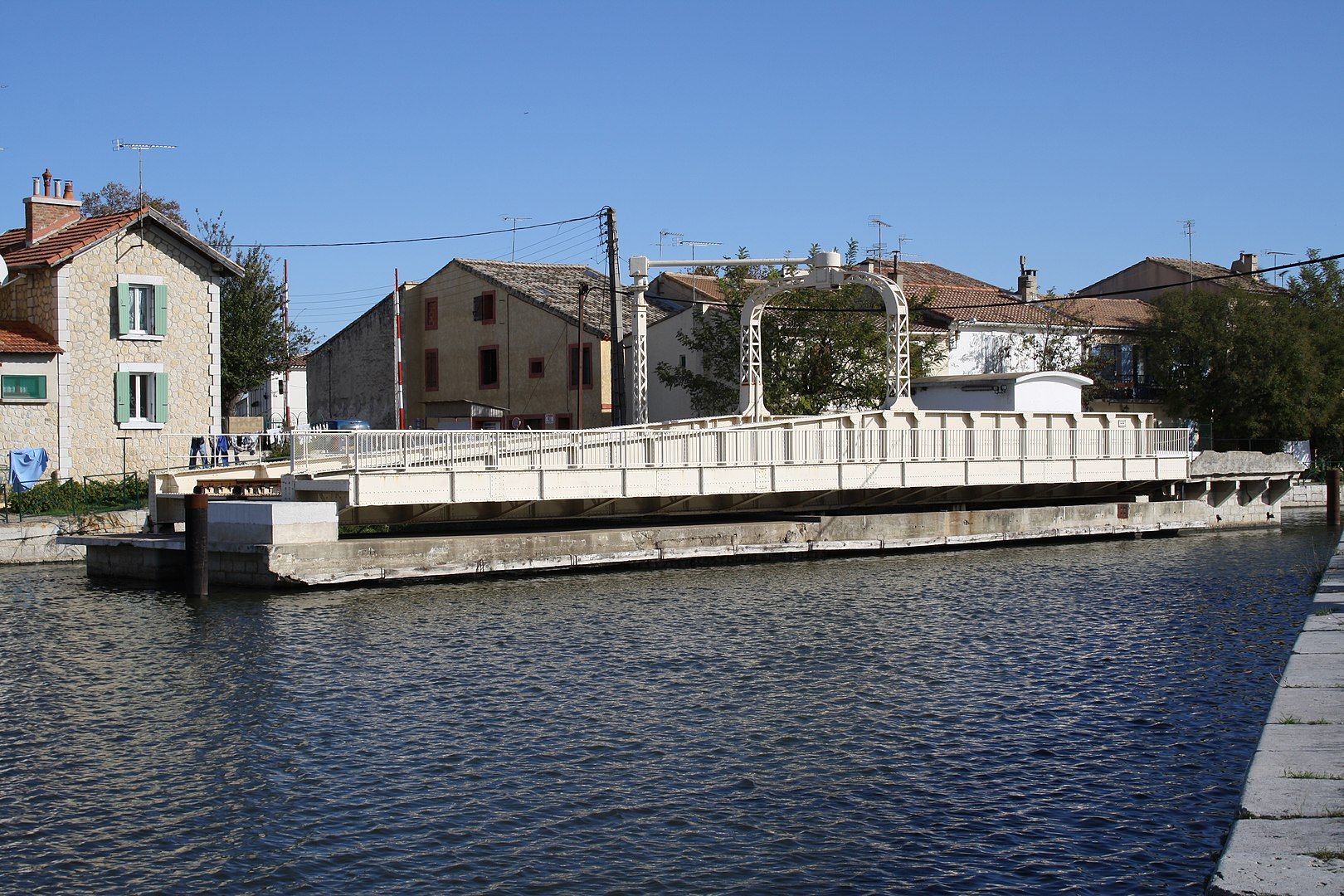
Alright, enough history. The evening is quickly told. In the Super U supermarket, I found the vin de sable and on the way home I already planned my dinner menu.

With light TV entertainment, I was able to cook, taste wine, and make plans for the next few days.
I solved the internet problems with a French mobile phone card. At free mobile, you can get a 30-day prepaid mobile phone card for 19.99 € plus 10 € for the SIM card with a data volume of 210 GB. Insane. The card is worth the money.
And then it happened - the rain. As announced, dark clouds appeared in the sky and poured down overnight and in the morning and didn't stop.
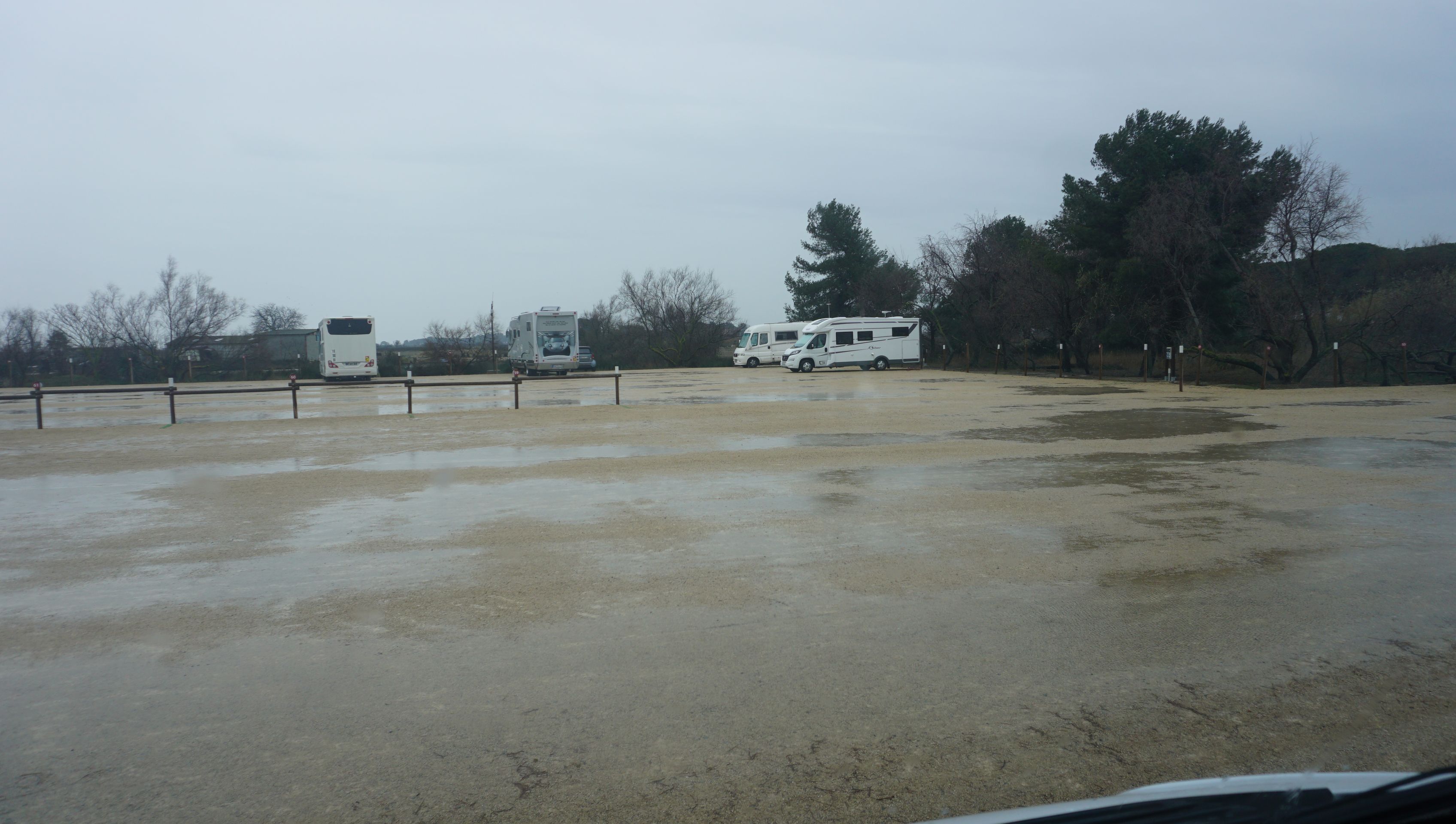
The weather map paints a sad picture. It will stay like this all weekend. I'll stay here for another day and declare Saturday as cleaning day, writing day, shower day (yes, my first time using the shower in the motorhome and very satisfied).
I will depend on the weather for the next destination.
In any case, I have to be in Barcelona on Wednesday ...
Harpidetu Buletinera
Erantzun
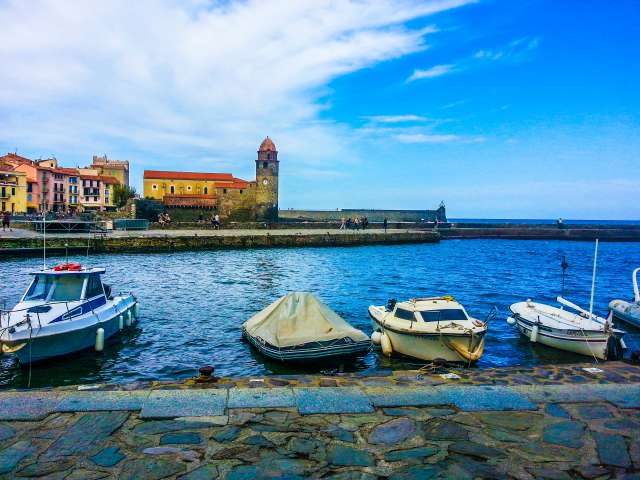
Bidaien txostenak Frantzia
